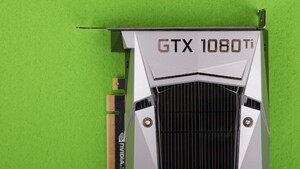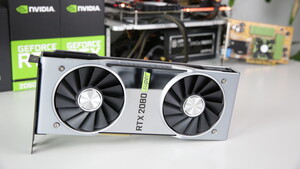ubiquity --no-bootloader gtk_ui funkktioniert hier leider auch nicht, so ein Mist@mo schrieb:Falls der obige Tipp nichts bringt, könntest mal folgendes probieren.
Die Idee, die dahinter steckt, ist dass es lt. Screenshot bei der Installation von Grub nicht weiter geht. Also mal versuchen das zunächst weg zu lassen. Funktioniert aber nur mit Systemen die den Installer Ubiquity benutzen. Also Ubuntu und Co.
Du startest also in die Live Session, nicht in die Installation, und startest die Installation erst aus dieser heraus mit dem Befehl
Im Normalfall erfolgt dann eine Installation eben ohne die Platzierung von Grub. Das System ist so natürlich nicht bootfähig. Es geht aber jetzt nur darum zu sehen, ob die Installation endlich mal durchläuft. Tut sie das, kann man Grub immer noch reparieren.Code:ubiquity --no-bootloader gtk_ui
Ob es hier ein Äquivalent beim Installer Calamares von Manjaro gibt weiß ich nicht. Aber vielleicht einer der Kollegen hier.
Ergänzung ()
agon schrieb:
- UEFI firmware ist aktuell? Sonst updaten & Reset UEFI settings
- UEFI settings
• Disable CSM (Compatibility Support Module) for "UEFI only"
• OPT: Disable Fast Boot for full initialization- Rufus settings
• Select: ISO & USB drive
• Target system: UEFI
• Partition scheme: GPT
Note: If the USB drive does not boot properly using the default ISO Image mode, DD Image mode should be used instead.- Sonst probiere doch einmal Ubuntu zu installieren. Das sollte wenigstens funktion
Ich denke es ist ein Bios hier, kein UEFI bin mir aber absolut nicht sicheragon schrieb:
- UEFI firmware ist aktuell? Sonst updaten & Reset UEFI settings
- UEFI settings
• Disable CSM (Compatibility Support Module) for "UEFI only"
• OPT: Disable Fast Boot for full initialization- Rufus settings
• Select: ISO & USB drive
• Target system: UEFI
• Partition scheme: GPT
Note: If the USB drive does not boot properly using the default ISO Image mode, DD Image mode should be used instead.- Sonst probiere doch einmal Ubuntu zu installieren. Das sollte wenigstens funktionieren.
Ist akutel, ist Version 1.21 und laut Acer Homepage ist es das aktuelle Bios, ist wohl kein UEFIagon schrieb:
- UEFI firmware ist aktuell? Sonst updaten & Reset UEFI settings
- UEFI settings
• Disable CSM (Compatibility Support Module) for "UEFI only"
• OPT: Disable Fast Boot for full initialization- Rufus settings
• Select: ISO & USB drive
• Target system: UEFI
• Partition scheme: GPT
Note: If the USB drive does not boot properly using the default ISO Image mode, DD Image mode should be used instead.- Sonst probiere doch einmal Ubuntu zu installieren. Das sollte wenigstens funktionieren.
Wie ich CSM deaktivieren kann weis ich nicht, aber glaube das geht nicht weil das Gerät noch über ein Bios verfügt
Fast Boot ist deaktiviert
Rufus nutze ich hauptsächelich für die ISOs aber wo stelle ich das mit " Target System " ein ?
Mein ENglisch ist sehr schlecht, ich gehöre schon der älteren Generation an
Was möchte Rufus da von einem ?
Note: If the USB drive does not boot properly using the default ISO Image mode, DD Image mode should be used instead.
Ubuntu schon getestet, hat hier schon jemand vorgeschlagen, geht auch nicht, der Besitzer des Laptop möchte kein Ubuntu sondern Manjaro Cinnamon
Zuletzt bearbeitet:



